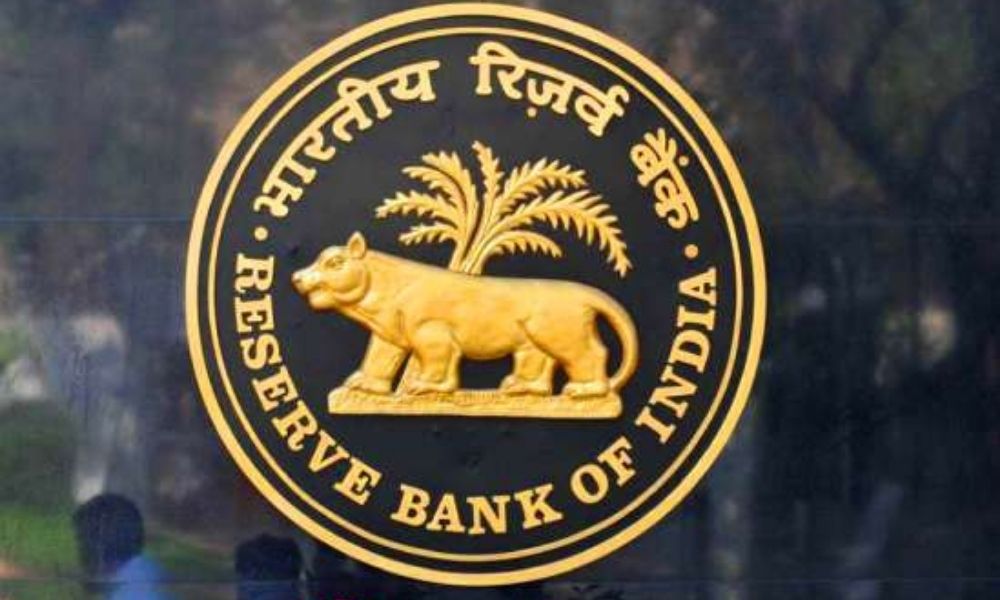LI Network
Published on: December 25, 2023 at 13:05 IST
Rajkiran Rai G, Managing Director of the National Bank for Financing Infrastructure and Development (NaBFID), has emphasized the necessity to reintroduce the Scheme for Sustainable Structuring of Stressed Assets (S4A) to support future infrastructure financing.
Rai highlighted the importance of having a facility for the “rightsizing of debt” to enhance sustainability, even though there is currently no specific asset in need of such assistance. He emphasized that, under the present system, the S4A scheme cannot be exploited for activities like loan evergreening.
The S4A scheme, introduced by the RBI in 2016 and concluded in February 2018, involved categorizing debt into sustainable and unsustainable based on cash flows. It primarily focused on corporate loans and established a threshold for account qualification.
“We need to see the context in which it was brought and how it was used. And now, we are talking in a totally different context,” said Rai, urging the reintroduction of the S4A scheme.
Rai, formerly the head of state-run Union Bank of India, pointed out that the banking system faced a significant burden of NPAs in the past, which is not the case presently. He acknowledged that NPAs resulted from court orders, environmental clearance delays, and project cancellations back then, leading to the use of the scheme to postpone the recognition of non-performing assets.
“That time the way we handled it was not right. Doing away totally with that is not good. So, right now we may need it,” he stated.
When asked about the potential benefits for the infrastructure sector, Rai responded with a resounding “100 percent.” He provided hypothetical examples of how the S4A scheme could assist, such as addressing revenue shortfalls in toll-way projects or solar projects affected by climatic changes.
Rai stressed that rightsizing debt could help ensure project continuity and loan servicing, protecting the asset’s value without banks facing a complete loss.
“It is basically to protect the value of the asset so that banks don’t lose 100 per cent of the money. Banks will be prepared to take a 20-30 per cent hit, but the asset will be serviced,” he explained.
Rai expressed concern that without an S4A-like scheme, banks would have to declare an entire project as an NPA, leading to bankruptcy proceedings and a meager 20-30 per cent recovery from the resolution process.
While discussing interactions with policymakers, he underscored the need to initiate discussions on the scheme, considering future economic downturns.

